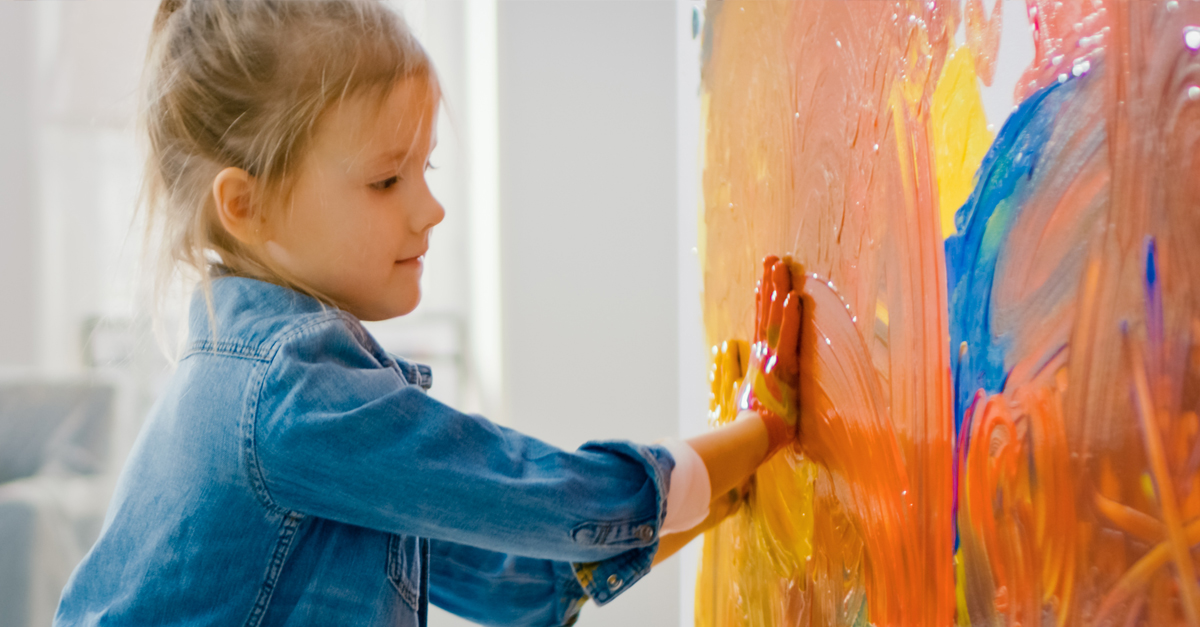Art is Irreplaceable

When school districts are facing difficult budget cuts, one of the first things that gets tossed out the window is the arts: the marching band, the theater troupe, the painting class. STEM – science technology, engineering, and mathematics – often take precedence over the humanities. However, research continues to suggest that art is valuable, beneficial, and even essential.
One area of research that has generated some important findings is the role of art in ‘at-risk youth’, children/teens who come from impoverished backgrounds. Here is research from the National Endowment for the Arts as presented in their paper entitled The Arts and Achievement
in At-Risk Youth:
1. Teenagers and young adults of low socioeconomic status (SES) who have a history of in-depth arts involvement show better academic outcomes than do low-SES youth who have less arts involvement. They earn better grades and demonstrate higher rates of college enrollment and attainment.
2. Young adults who had intensive arts experiences in high school are more likely to show civic-minded behavior than young adults who did not. They take an interest in current affairs, as evidenced by comparatively high levels of volunteering, voting, and engagement with local or school politics. In many cases, this difference appears in both low-and high-SES groups.
3. Socially and economically disadvantaged children and teenagers who have high levels of arts engagement or arts learning show more positive outcomes in a variety of areas than their low-arts-engaged peers.
While it is not yet clear if music training itself helps strengthen memory, research has found that “people trained in music apply strategies of rehearsal to maintain information in memory more effectively.” Numerous studies have also linked musical training to better cognitive development and academic achievement.
A major study found that dancing helps reduce the risk of dementia and other research has found that dance can control levels of serotonin and dopamine in the body which helps maintain a sense of well-being and can help counteract mild depression.
An intriguing article from Berkley entitled Arts and Smarts shared about research from a book entitled Studio Thinking: The Real Benefits of Visual Art Education:
Working in high school art classes, they [the authors of the book] found that arts programs teach a specific set of thinking skills rarely addressed elsewhere in the school curriculum—what they call “studio habits of mind.” One key habit was “learning to engage and persist,” meaning that the arts teach students how to learn from mistakes and press ahead, how to commit and follow through. “Students need to find problems of interest and work with them deeply over sustained periods of time,” write Hetland and Winner.
The researchers also found that the arts help students learn to “envision”—that is, how to think about that which they can’t see. That’s a skill that offers payoffs in other subjects, they note. The ability to envision can help a student generate a hypothesis in science, for instance, or imagine past events in history class.
While research can certainly help those who advocate for art and art education, art really is its own defense. Even if research were to show that there is no academic benefits to learning art, if art were to be removed from education, most of us would feel a very great loss. This truth is perhaps best expressed by Dana Gioia, a poet and chairman of the National Endowment for the Arts:
Art is an irreplaceable way of understanding and expressing the world. There are some truths about life that can be expressed only as stories, or songs, or images. Art delights, instructs, consoles. It educates our emotions.
Part four of a four part series on arts and culture.
Part 1 – Art Is Not Mere Luxury
Part 2 – Expose Your Family to Art
Part 3 – Getting Your Kids Engaged in Culture-Making
Part 4 – Art is Irreplaceable